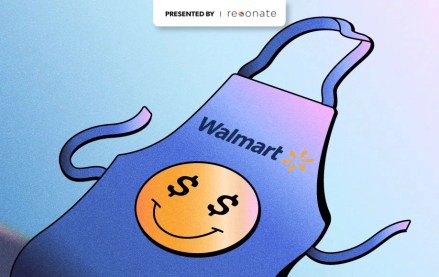How BuzzFeed is using its commerce business to sell advertising
Commerce has grown from a curiosity into a key stream of revenue, so BuzzFeed is helping brands sell more products, developing new ones that BuzzFeed helps sell with them and tying advertising into those deals.
Last month, BuzzFeed launched a 100-item line of Goodful products that it is selling exclusively at Macy’s. Over the past year, it developed products for Scott’s, Maybelline and Bloomscape, using BuzzFeed.com and its social reach to promote them. BuzzFeed’s markets team also has begun upselling affiliate commerce partners like Quip and Care/Of on display and branded content advertising.
While it’s not yet a mainstream request, BuzzFeed is starting to see requests for commerce elements in some of the RFPs it gets from agencies as advertisers start to take a unified view of performance, customer acquisition and brand advertising.
“We developed elements that would complement advertising, rather than conflict with it,” BuzzFeed chief revenue officer Lee Brown said. “We work with partners however they want to work.”
Affiliate marketing strategies — and budgets — have historically been handled by separate groups within brands. But as digital marketing and advertising gets more focused on business outcomes, those divisions are starting to come down. Observers expect this trend to accelerate, particularly for brands that already have affiliate operations.
“What brands are trying to do is at least look at it all in the same place,” said Robert Glazer, the founder of marketing agency Acceleration Partners. “The more they’re able to not make this 12 different discussions with 12 different teams, that definitely benefits everyone.”
To win these deals, BuzzFeed is trying to show that programmatic advertising complements branded content, or affiliate commerce campaigns, especially for direct-to-consumer brands that are trying to diversify away from advertising on social platforms.
Selling commerce as well as ads to advertisers is part of a broader effort at BuzzFeed to diversify its revenue. In the first nine months of 2018, the number of advertisers that have bought more than one kind of program from the publisher has increased 70 percent, a spokesperson said.
It owes that success partly to an internal reorganization. BuzzFeed has stakeholders from its different divisions, including branded content, studio, commerce and programmatic advertising all pitch account point people, who take ideas to the brands that they work with directly. The only sales team that operates independently in BuzzFeed is BuzzFeed Exchange, its programmatic exchange.
The publisher offers financial incentives to groups that work together on programs, though it wouldn’t give specifics.
The number of publishers trying to work commerce into bigger advertising deals remains small for now. Early adopters include PopSugar, Clique Brands, Vox Media and Bustle Digital Group. But as more brands see these techniques start to work, that could encourage more publishers to try and broaden out what they offer. “The sites that worked on affiliate commerce, historically, have been very transactional,” said Jonathan Kendall, vp of affiliate marketing at marketing agency Gen3.
More in Media

Walmart rolls out a self-serve, supplier-driven insights connectors
The retail giant paired its insights unit Luminate with Walmart Connect to help suppliers optimize for customer consumption, just in time for the holidays, explained the company’s CRO Seth Dallaire.

Research Briefing: BuzzFeed pivots business to AI media and tech as publishers increase use of AI
In this week’s Digiday+ Research Briefing, we examine BuzzFeed’s plans to pivot the business to an AI-driven tech and media company, how marketers’ use of X and ad spending has dropped dramatically, and how agency executives are fed up with Meta’s ad platform bugs and overcharges, as seen in recent data from Digiday+ Research.

Media Briefing: Q1 is done and publishers’ ad revenue is doing ‘fine’
Despite the hope that 2024 would be a turning point for publishers’ advertising businesses, the first quarter of the year proved to be a mixed bag, according to three publishers.








